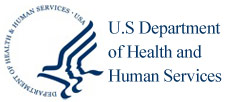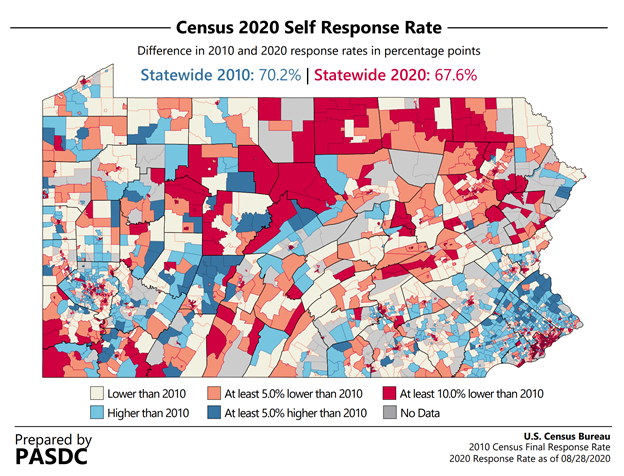Finalized policy changes expand new technology add-on payment pathway for certain antimicrobials
On September 2, CMS issued the FY 2021 Medicare Hospital Inpatient Prospective Payment System and Long Term Acute Care Hospital (LTCH) final rule, which includes important provisions designed to ensure access to potentially life-saving diagnostics and therapies for hospitalized Medicare beneficiaries. The changes will affect approximately 3,200 acute care hospitals and approximately 360 LTCHs. CMS estimates that total Medicare spending on acute care inpatient hospital services will increase by about $3.5 billion in FY 2021, or 2.7 percent.
“President Trump is committed to ensuring that seniors on Medicare have access to the latest life-saving diagnostics and therapies,” said CMS Administrator Seema Verma. “This rule is another critical step in our effort to modernize the program and strip away bureaucratic barriers between our seniors and the latest innovative treatments.”
CMS’ rule creates a new Medicare Severity Diagnostic Related Group (MS-DRG) that provides a predictable payment to help adequately compensate hospitals for administering Chimeric Antigen Receptor (CAR) T-cell therapies. The current FDA-approved CAR-T-cell cancer therapies use a patient’s genetically modified immune cells to treat specific types of cancer.
Also in the final rule, CMS approved a record number of 24 New Technology Add-on Payments (NTAPs), which is an additional payment to hospitals for cases involving eligible new and relatively high cost technologies. Last year, to remove barriers to innovation, CMS established alternative streamlined pathways for FDA Breakthrough Devices and FDA Qualified Infectious Disease Products (QIDPs) to qualify for NTAPs. Among CMS’ approval of these 24 additional NTAPs are two technologies for new medical devices that are part of the FDA’s Breakthrough Devices Program and six technologies that received FDA QIDP designation. This will provide additional Medicare payment for these technologies while real-world evidence is emerging, giving Medicare beneficiaries timely access to the latest innovations.
CMS is also expanding the add-on payment alternative pathway for antimicrobial products approved under FDA’s Limited Population Pathway for Antibacterial and Antifungal Drugs (LPAD pathway), which encourages the development of safe and effective drug products that address unmet needs of patients with serious bacterial and fungal infections. Specifically, an antibacterial or antifungal drug approved under the LPAD pathway is used to treat a serious or life-threatening infection in a limited population of patients with unmet needs.
CMS is also taking steps to ensure that the Medicare Fee-for-Service (FFS) program adopts pricing strategies based on real world market forces. Medicare generally pays hospitals a rate that is weighted by the relative cost of providing certain services based on a patient’s diagnosis. These weights are currently based in large part on the charges that hospitals report to the federal government, which often have little relevancy to the actual rates paid by insurance companies. Hospitals are already required to report these negotiated rates as part of the Trump Administration’s efforts to promote price transparency, and CMS is now finalizing a requirement for hospitals to report to CMS the median rate negotiated with Medicare Advantage Organizations for inpatient services to use instead of the charge based data. CMS will begin to collect this data in 2021 and will use it in the methodology for calculating inpatient hospital payments beginning in 2024. These provisions will introduce the influences of market competition into hospital payment and help advance CMS’s goal of utilizing market- based pricing strategies in the Medicare FFS program.
For More Information:



